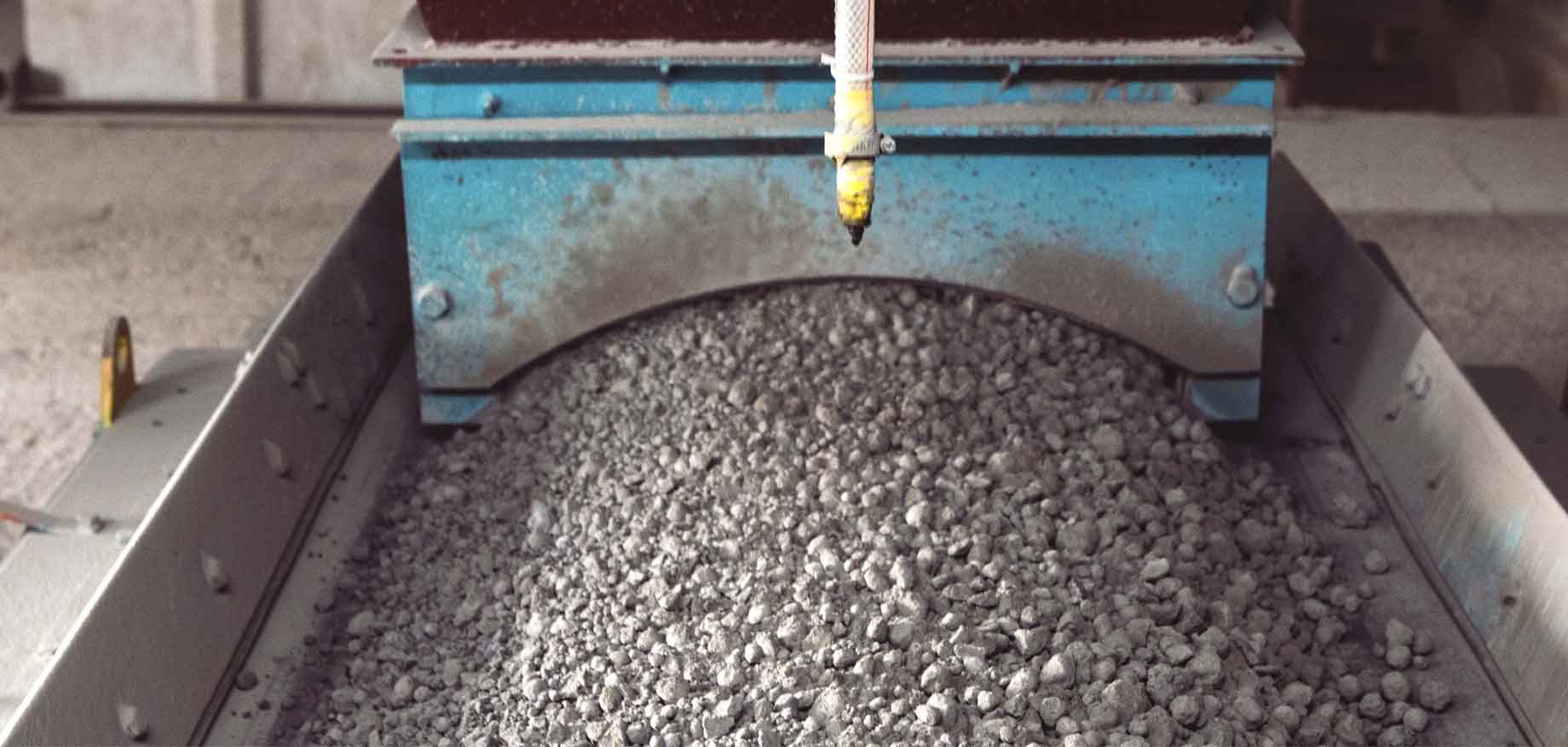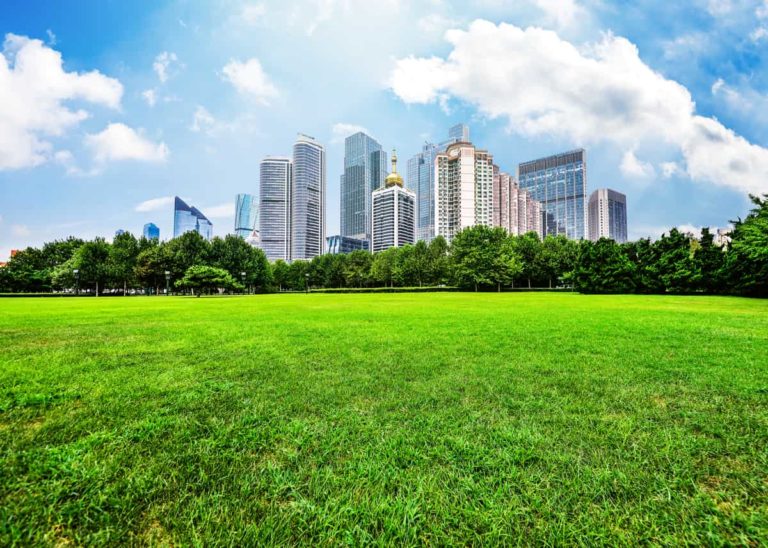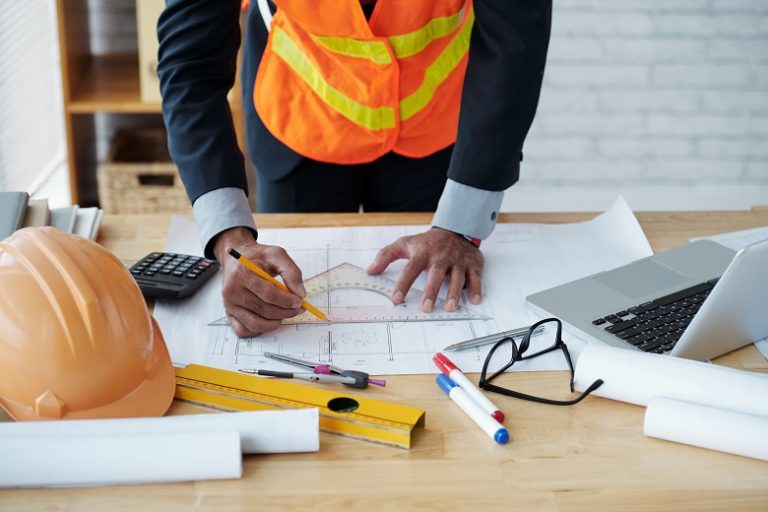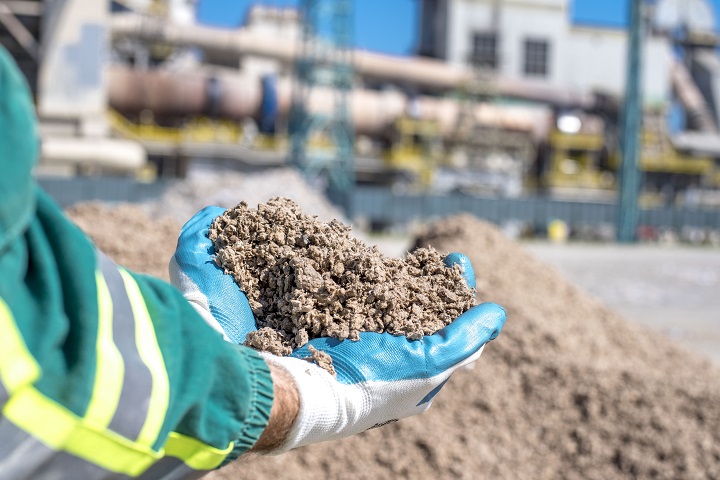Challenges and Solutions in Cement Manufacturing
Recently, the Portland Cement Association unveiled its Roadmap to Carbon Neutrality, outlining a 30-year initiative aimed at achieving carbon neutrality in cement production by 2050. This initiative underscores the industry’s acknowledgment of the pressing need for change. Cement, second only to water in global consumption, forms the backbone of modern society, with each person utilizing an average of 3 tons of concrete annually.
Cement manufacturing, however, is a highly energy-intensive process, responsible for approximately 5% of global carbon emissions. As demand for cement rises, so does the urgency to reduce its environmental impact.
Efforts to transition from conventional fossil fuels to alternative energy sources have gained momentum. US cement plants now fulfill over 15% of their energy requirements through alternative sources. While this shift aligns with sustainability goals and regulations, it also presents operational challenges such as buildup, blockages, and storage issues.
Transitioning Towards Greener Practices
In response to consumer and regulatory pressures, cement producers are adopting eco-friendly production methods. The pursuit of alternative fuel sources aims to mitigate CO2 emissions and lower energy costs. Various alternatives, ranging from tire-derived fuel to sewage sludge, are being explored, each offering unique advantages and challenges.
Integration of alternative fuels necessitates equipment upgrades across the production line, including fuel milling systems, pre-heaters, and kiln burners. Despite the benefits, challenges persist, demanding careful consideration and innovative solutions.
Read more- Sustainable Construction Trends for a Greener Future
Common Production Hurdles
- Flame Formation in Rotary Kilns: Incorporating alternative fuels alters combustion dynamics, potentially impacting clinker reactions and system components’ longevity.
- Altered Cement Chemistry: Impurities from alternative fuels can influence cement quality, posing challenges to clinker formation.
- Buildup and Blockages: Impurities like sodium and potassium can lead to material buildup, affecting plant efficiency and requiring regular maintenance.
Solutions for Sustainable Production
Addressing these challenges requires specialized equipment and expertise tailored to the cement industry’s unique needs.
- Innovative Cleaning Solutions: The Dual Impact BinWhip offers efficient buildup removal from storage systems without confined space entry, enhancing plant efficiency.
- CO2 Blasting Systems: Cardox CO2 Blasters effectively dislodge buildup without causing damage, providing a safer alternative for plant maintenance.
- Professional Cleaning Services: Outsourcing buildup removal to companies like TeamPneumat offers expertise and equipment, allowing plant personnel to focus on core activities.
Embracing Sustainability in Cement Manufacturing
As the industry navigates towards sustainability, collaboration, innovation, and strategic investment in cleaner technologies will be paramount. By addressing challenges head-on and embracing greener practices, cement manufacturers can pave the way for a more sustainable future.
Learn more- The Manufacturing Process of Cement
Advancing Towards Sustainable Cement Production
In the pursuit of sustainable cement production, the industry is embracing multifaceted strategies that extend beyond mere reduction in CO2 emissions. Here, we explore additional avenues for progress:

Digital Identity for Enhanced Traceability
As cement transforms into a by-product, maintaining its physical identity becomes challenging. Advancing its digital identity capabilities can ensure seamless traceability, encompassing both mechanical and environmental performance aspects. This digital tracking facilitates comprehensive monitoring throughout the supply chain, transcending individual agents.
Automation and Digitalization for Industry 4.0 Transformation
Recognizing the imperative for industry transformation, stakeholders emphasize the shift towards a Smart Cement Industry 4.0. This evolution entails heightened automation and digitalization across operations. Leveraging sensors, remote diagnostics, and big data analytics, including artificial intelligence for unstructured data analysis, paves the way for enhanced efficiency and optimization in production processes.
Enhanced Information Security in the Digital Era
The integration of digitalized production, coupled with remote operation capabilities and artificial intelligence utilization, introduces heightened vulnerability to cyber threats. Consequently, stringent information security standards and protocols emerge as imperative priorities. Cement companies aspiring towards autonomous factory models must prioritize fortifying their systems against potential cyber risks.
Real-Time Interconnectivity for Seamless Coordination
Efficient coordination across the supply chain is paramount for operational excellence. Establishing real-time connectivity between cement manufacturers, suppliers, and service providers enables swift responsiveness to demands. This interconnectedness facilitates proactive inventory replenishment, informed consumption forecasts, and optimized production planning, thereby enhancing overall efficiency and customer satisfaction.
Conclusion
The journey towards sustainable cement production is not just a responsibility but an opportunity for innovation and progress. As we stand on the cusp of a new era, embracing technology and collaboration will be crucial in shaping a greener future for the industry.
Beyond the challenges lie endless possibilities for advancement, where every stakeholder plays a pivotal role. By harnessing the power of collective effort and ingenuity, we can pave the way for a cement industry in Bangladesh that not only meets the demands of today but also preserves the planet for generations to come.
Frequently Asked Questions (FAQs)
-
Which solution is used for manufacturing cement?
Calcium oxide is primarily recognized for its application in cement production, where upon contact with water, it produces calcium hydroxide along with significant heat release.
-
How can we improve the quality of cement?
In cement grinding, it’s critical to control raw material proportions for consistency. Monitoring fineness and SO3 content ensures quality. Blended materials need careful management for optimal performance. Setting time control is vital for construction schedules. Stability maintenance throughout production is crucial. Effective ground cement management includes handling and storage oversight.
-
Which chemical is used in the manufacturing of cement?
Calcium oxide, commonly referred to as lime, serves as the fundamental chemical element in cement. It is generated through the high-temperature heating of limestone and other substances.







